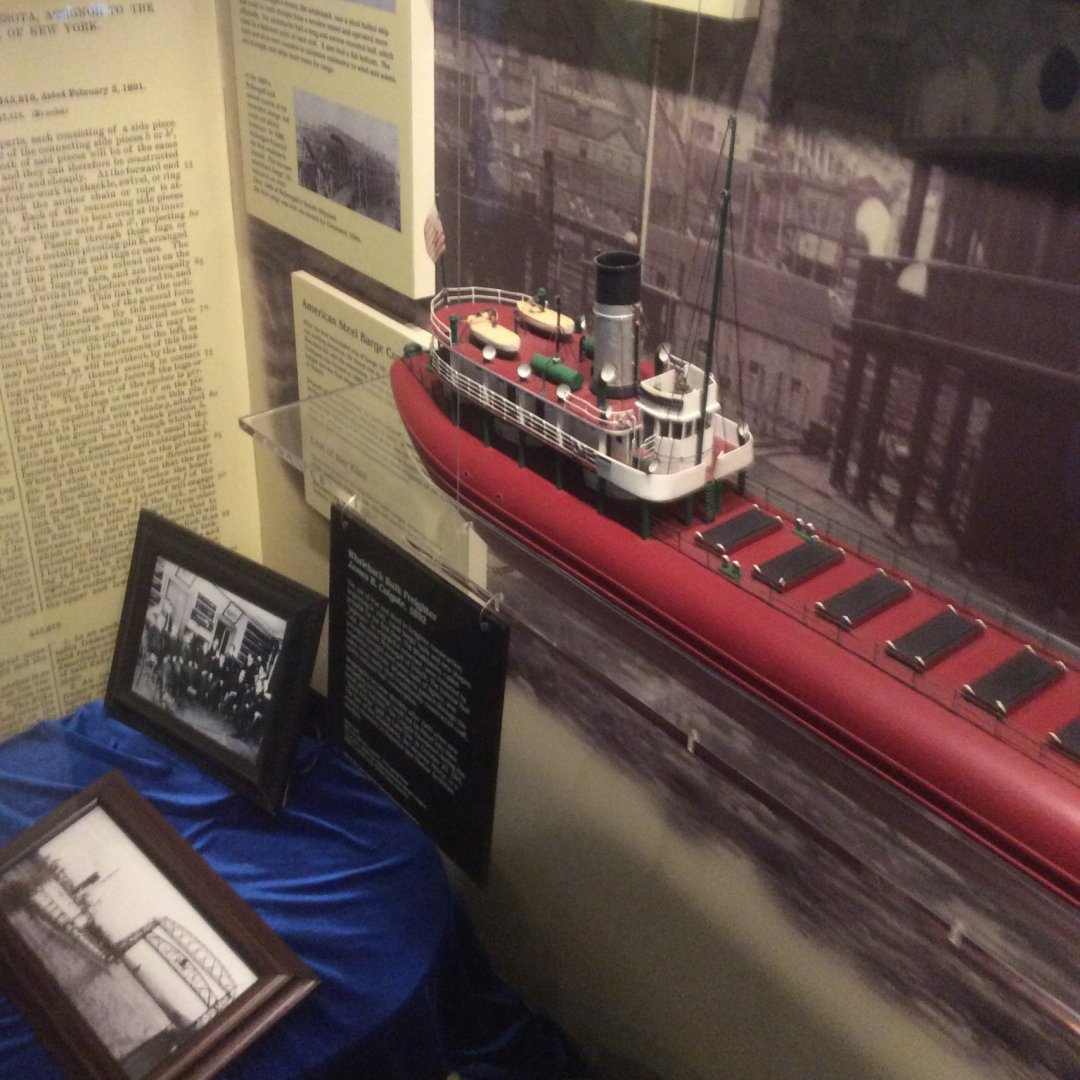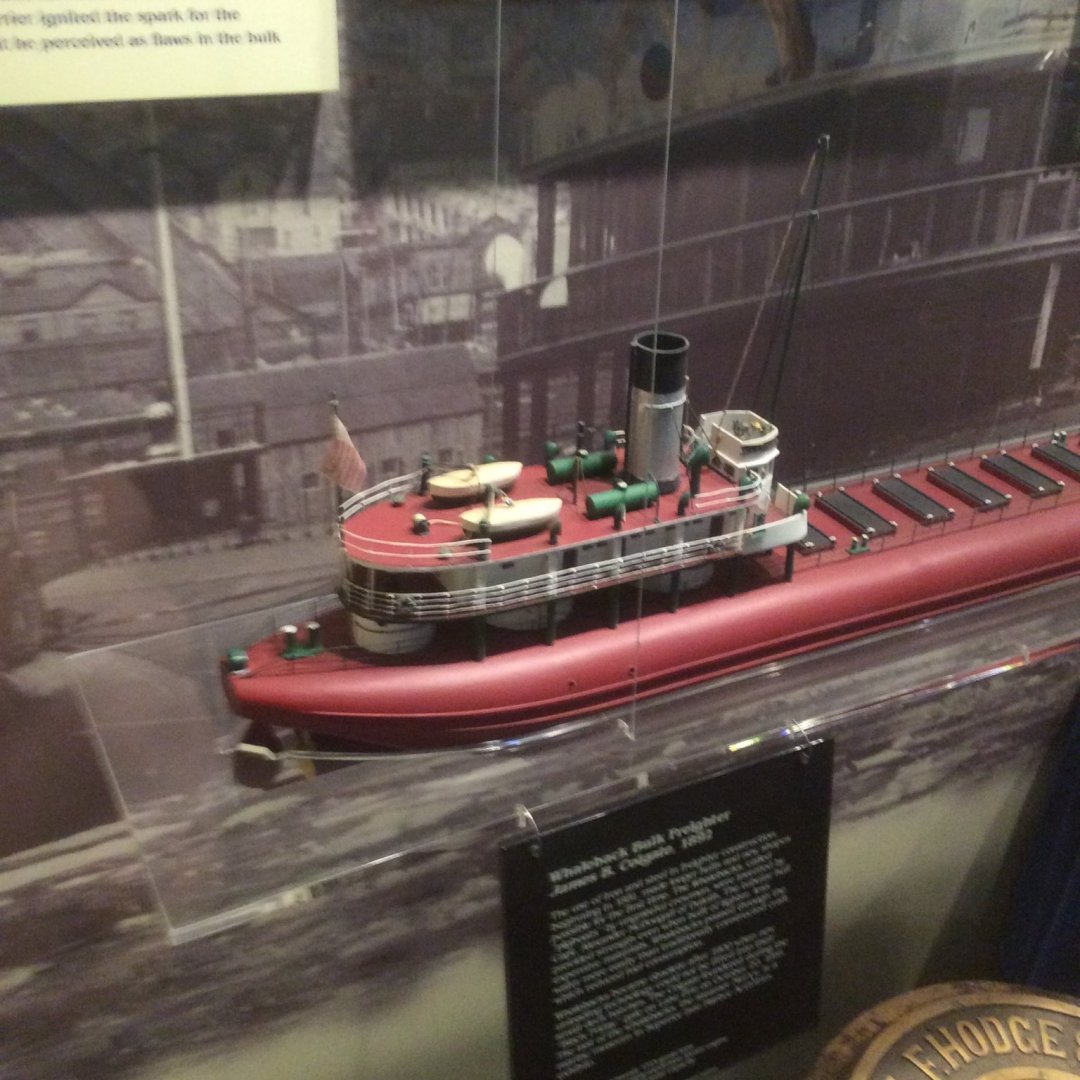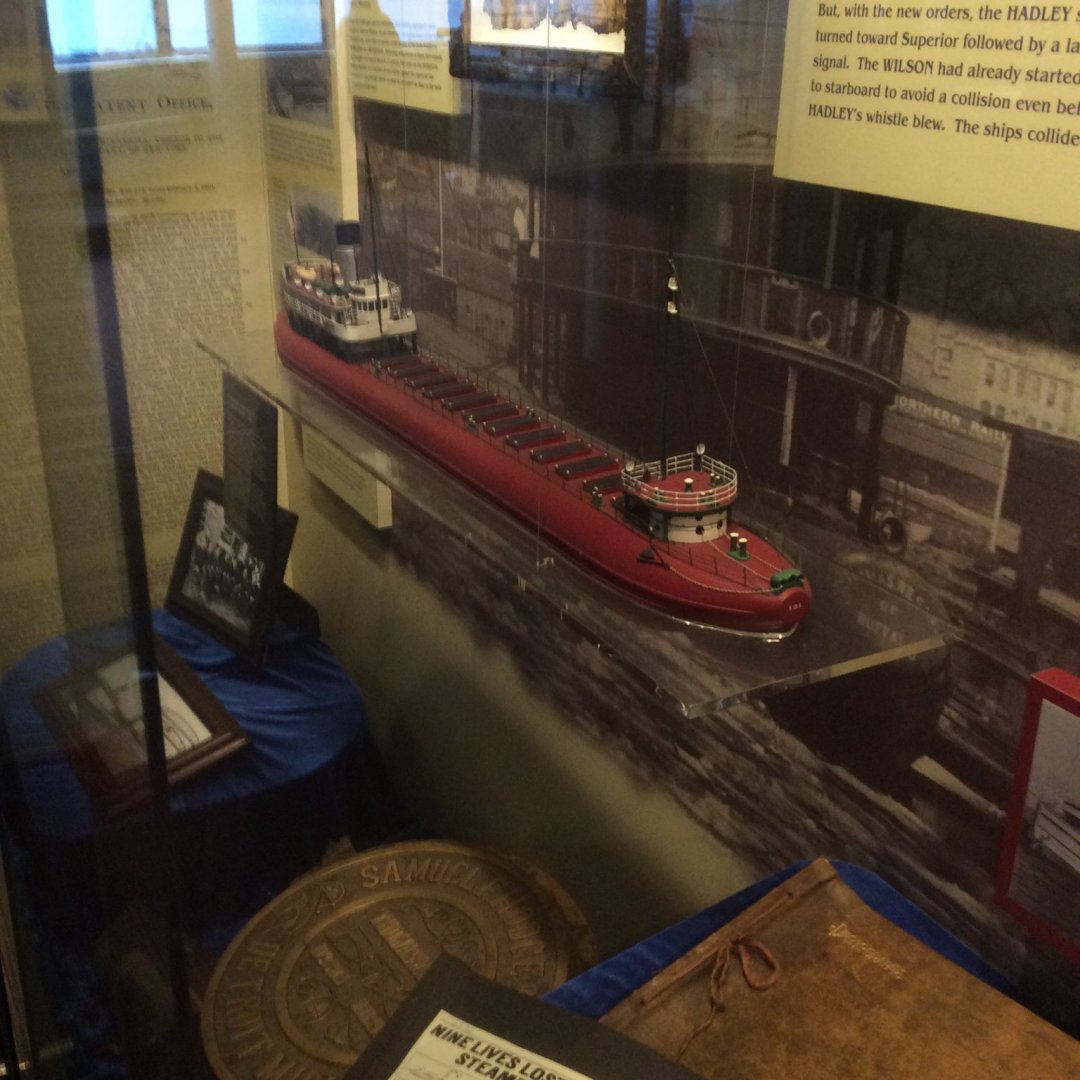
Roger Pellett
NRG Member-
Posts
4,519 -
Joined
-
Last visited
Content Type
Profiles
Forums
Gallery
Events
Everything posted by Roger Pellett
-
Hank, You probably already know this, but just in case, here goes. A big enemy is going to be rust, especially in a high humidity environment like the southeast. Rust bloom can form on unprotected steel surfaces in hours. Even in our cool summer climate with low humidity here in Minnesota (where we don’t run the AC during much of the summer) I have had trouble with rust forming on tools in my basement workshop. I would therefore suggest that insulation and AC, or preferably a heating/ cooling heat pump be at the top of your shopping list. Roger
-
There are two well known examples of sailing vessels capsizing and sinking where downflooding occurred through open gun ports. Constitution was built as a deepwater vessel intended to sail in any kind of weather. It makes no sense to not provide her with gunport lids that could prevent downflooding in the event of a knockdown. Roger
-
Thanks Gary, My Marine Engineering courses included electric circuits and electrical machinery but we never got into the actual physical problem of running wiring. When I actually got involved in ship building (nuclear submarines) I was in a piping section so never thought much about wiring. Your explanation makes perfect sense. A great model of an unusual subject! During the recent NRG Conference, the restaurant where we had dinner was next to the New Bedford fishing fleet. I looked to see if there were any old timers like you are building but didn’t see any. We did see a Western Rig boat at Mystic Seaport. Roger
-
Household Amonia fumes can be used to produce verdigris on copper. Is it possible that your model became exposed to a cleaning product containing amonia? Roger
-
Gary, Per your comment above, what is the objection to running wire in conduit aboard ship? Roger
-
As ships grew larger sails, particularly topsails became hard to handle. Also, towards the end of the sailing ship era when steamships began to take away cargo and depress freight rates there was increased pressure to sail with smaller crews. The solution was to split sails into two smaller sections that were easier to handle. At first this was done with topsails and later topgallants. Each section required its own yard, so the top mast now had an upper and lower topsail yard. Likewise for the topgallant mast. Google some pictures of late Nineteenth sailing ships and you will see what I mean. Roger
- 10 replies
-
- restoration
- finished
-
(and 1 more)
Tagged with:
-
Mike, I respect your point of view. People build models for all sorts of reasons and as long as it makes them happy, that’s fine. However, the question being considered is “which model kits are the most accurate. Roger
-
In the quest for accuracy, I suggest that readers go back and read articles by two writers. First, Howard Chapelle’s articles readily available from the Nautical Research Guild regarding Models That Should Not Be Built. Second, L. Francis Herreshoff’s thoughts on Model building in his book The Writings of L. Francis Herreshoff. The gist of the articles written by both of these authors is that the basis of a good model is its ability to replicate the hull lines of the real thing. Imposing rows of cannon and beautifully done rigging is no substitute for a misshapen hull. The old solid hull Model Shipways/ A.J. Fisher Kits generally reflect this philosophy as hull lines were based on solid information and some of these have been revised to include instructions that include historic information by noted authorities. Information available indicates that the new kits by Syren and Chris Walton are also based on accurate information. Otherwise, it is next to impossible to tell which of the plank on bulkhead kits will produce an accurate hull or whether the lines are based on any archival information. An example is the Model Shipways Civil War Steam Picket Boat. Information available indicates that these boats were built with a square stern. The kit model features a round stern. The shape of the stern is a major defining feature of this craft. Why invest time and treasure building this model without knowing that it depicts the real thing? Roger
-
Model Shipways Fair American vs Syren US Brig
Roger Pellett replied to WalrusGuy's topic in Wood ship model kits
Having lived much of my life around the Great Lakes, Perry’s 1813 victory is of special interest to me. I have also been fortunate to have sailed along side the current Niagara replica on Lake Superior when she visited Duluth. She is a handsome vessel! She cannot, however, be considered to be an accurate representation of the actual brig that participated in the Battle of Lake Erie as very little is known of the actual vessel. No one has located a hull lines drawing or half model of the real thing. Furthermore, the replica’s educational mission requires Coast Guard Certification that requires changes from historical practice. Hull lines for the US Brig Syren do exist and were presumably used to design the model kit. Likewise, the Fair American model is based on the model in the Naval Academy Museum at Annapolis. I believe that the meticulous researcher Eric Ronnberg prepared documentation for Fair American several years ago and you should check to make sure that it is included with the kit. There are also a number of articles on Fair American in back issues of the Nautical Research Journal that can be downloaded for a nominal fee. Whatever model you decide to build it is going to consume a lot of your time, and although the kits may seem expensive the cost will be spread out over the lengthy construction time. I therefore suggest that you choose a kit that will produce a historically accurate model. Roger -
One can only imagine the chaos that would occur with dozens of iron cannon balls rolling around the deck in any kind of weather!! Murphy is ever present at sea, and his law applies to loose cannon balls as well as everything else that can and will come loose aboard ship at sea. By our standards, things moved slowly in the age of sail and there was usually plenty of time to ready a ship for combat, including providing the guns with a ready supply of shot. My guess is that this is just another example of a kit manufacturer trying to add unnecessary sex appeal to its product. Roger
-
I don’t know if your instructions mentioned this but where lapstrake planking runs into stem and sternposts it is customary to cut a tapered rabbit known as a gain into the last several inches of the overlaps of the two adjacent planks. This allows both planks to lie flat against the stem rabbit. Roger
- 52 replies
-
- artesania latina
- titanic
-
(and 1 more)
Tagged with:
-
Wefalck, Here in the USA the silk-paper used to cover model aircraft surfaces is called Silkspan. I was able to buy a large sheet at a local hobby shop for $3 US. Roger
-
Display pedestals with different heights?
Roger Pellett replied to RPaul's topic in Wood ship model kits
Display pedestals can be made from commercial turnings for lamps. Also, for a model like you have with a lot of drag (slope to the keel) you might consider using one pedestal forward with the aft end secured directly to the base. Roger -
Use silkspan, not silk but a light paper like covering used by model airplane builders. For furled sails on my recently completed longboat I taped it to an open frame like a picture frame. I then sprayed it with thinned acrylic paint before cutting out my sails. Roger
-
Bench Top 5" Disk Sander
Roger Pellett replied to DocBlake's topic in Modeling tools and Workshop Equipment
Richard, If you got the 11% rebate from Menards, you are indeed fortunate! I buy stuff regularly from them but my rebate forms appear to be consigned to some sort of black hole. Roger -
- 238 replies
-
- leviathan
- troop ship
-
(and 2 more)
Tagged with:
-
Dan, We both enjoyed meeting and having dinner with you too at the recent NRG Conference. The Colegate Model is part of an exhibit at the Lake Superior Maritime Visitors Center here in Duluth. The Visitors Center is run by the Army Corps of Engineers who are responsible for maintaining harbor improvements around the Great Lakes. I will try to stop by next week to take some photos but you might also wish to contact them directly. Roger
- 238 replies
-
- leviathan
- troop ship
-
(and 2 more)
Tagged with:
About us
Modelshipworld - Advancing Ship Modeling through Research
SSL Secured
Your security is important for us so this Website is SSL-Secured
NRG Mailing Address
Nautical Research Guild
237 South Lincoln Street
Westmont IL, 60559-1917
Model Ship World ® and the MSW logo are Registered Trademarks, and belong to the Nautical Research Guild (United States Patent and Trademark Office: No. 6,929,264 & No. 6,929,274, registered Dec. 20, 2022)
Helpful Links
About the NRG
If you enjoy building ship models that are historically accurate as well as beautiful, then The Nautical Research Guild (NRG) is just right for you.
The Guild is a non-profit educational organization whose mission is to “Advance Ship Modeling Through Research”. We provide support to our members in their efforts to raise the quality of their model ships.
The Nautical Research Guild has published our world-renowned quarterly magazine, The Nautical Research Journal, since 1955. The pages of the Journal are full of articles by accomplished ship modelers who show you how they create those exquisite details on their models, and by maritime historians who show you the correct details to build. The Journal is available in both print and digital editions. Go to the NRG web site (www.thenrg.org) to download a complimentary digital copy of the Journal. The NRG also publishes plan sets, books and compilations of back issues of the Journal and the former Ships in Scale and Model Ship Builder magazines.




